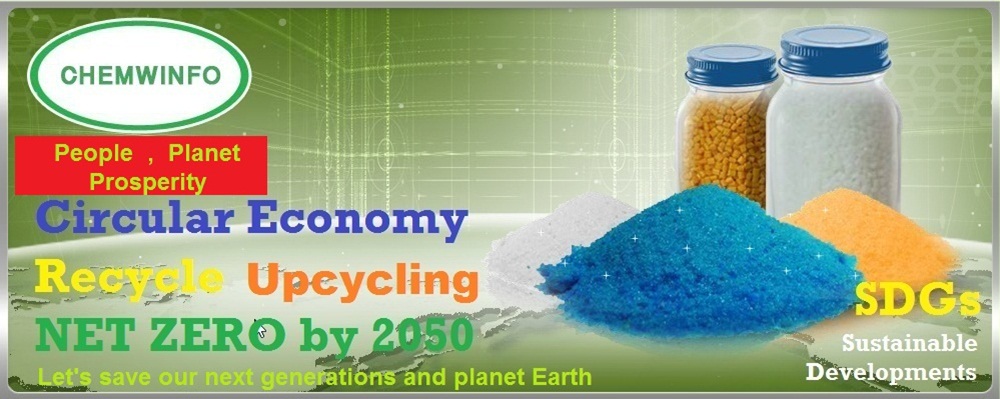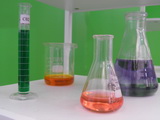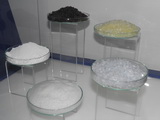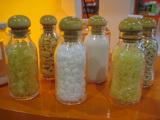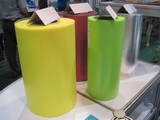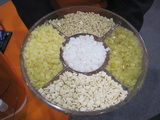21 January 2016

DETAILS
Ube Industries, Ltd. today announced
that it has decided to switch to
a new manufacturing process for cyclohexanone
at the Ube Chemical Factory
in Ube City, Yamaguchi Prefecture.
Cyclohexanone manufactured at the Ube Chemical Factory
is mainly used as an intermediate material
to make caprolactam (nylon 6 resin raw material),
also manufactured at the Ube Chemical Factory.
Ube Industries has been implementing
fundamental cost reductions and
improvement of the captive consumption rate
for the caprolactam, in order to improve
the profitability of caprolactam and nylon business.
As part of these efforts, the Company studied
the adoption of an innovative new manufacturing process
for cyclohexanone at the Ube Chemical Factory,
deciding to build a new facility
with a production capacity of 80 kilotonnes per year
for completion in November 2017.
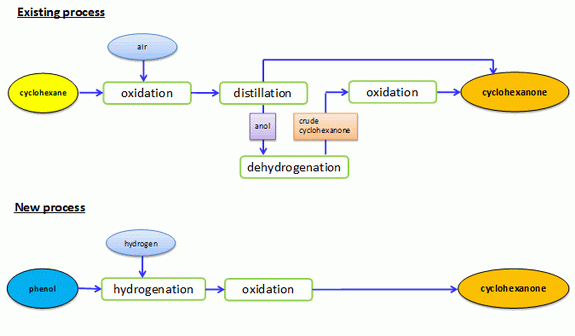
The new manufacturing process produces
cyclohexanone through
selective hydrogenation of phenol.
The phenol process offers a number of advantages over
the existing manufacturing process including
* a streamlined process,
* downsize equipment and
* higher yields of cyclohexanone from raw materials.
In addition, the process consumes
* less steam and electricity, helping to reduce
greenhouse gas emissions.
The change in manufacturing process also means
that production of 1,6 hexanediol and 1,5 pentanediol
will be discontinued at the Ube Chemical Factory.
Ube Industries will continue to supply and market
these products, importing them
from the Company's subsidiary in Thailand,
UBE Fine Chemicals (Asia) Co., Ltd.
Ube Industries is pursuing a strategy
to expand its nylon 6 business,
aiming to become the world's leading supplier
* for extrusion applications such as food wrapping films,
by delivering unsurpassed quality and stability.
* For injection applications such as automotive components,
the Company will endeavor to build a global supply framework
by expanding its network of compounding facilities.
The new process will enhance the cost competitiveness
of Ube Industries' caprolactam as
a nylon 6 raw material, in aiming to
further expand the nylon 6 business.
WWW.CHEMWINFO.COM BY KHUN PHICHAI
